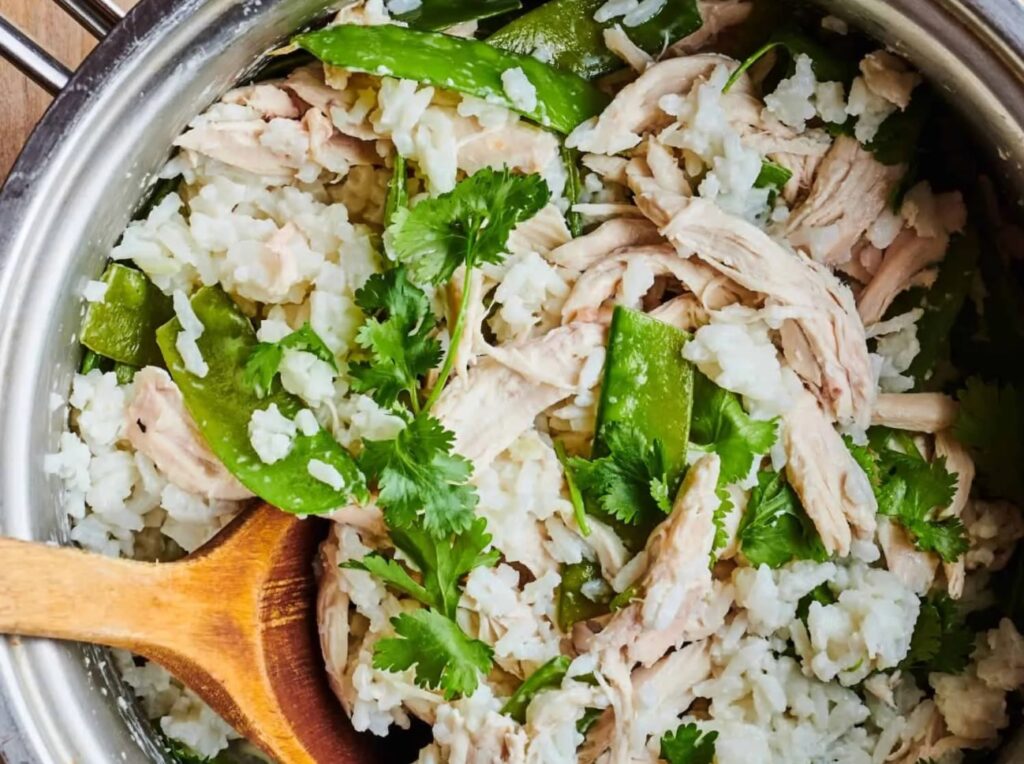People have been eating sesame seeds for at least 5,000 years, making it one of the oldest cultivated crops in recorded human history. These seeds are common on hamburger buns and in a variety of Asian, Mediterranean, and Caribbean dishes. But as our ‘9 Untold Health Benefits of Sesame Seeds’ feature shows, sesame seeds are also packed with nutrients and health benefits, an ideal addition to everyday meals. It has folic acid, for instance, which promotes hair growth and healthy skin. Meanwhile, it has zinc that boosts immunity and strengthens bones.
With their long history, there’s much to tell about these tiny seeds. But in the article, we’ll be talking about their journey from soil to plate.
Growing
While other cultivated crops like rice can be sown directly outside, sesame seeds don’t do well with direct sowing. Instead, seeds should be lightly covered with planting mix four to six weeks before the last frost date. The seedlings should be transplanted when the temperature is warmer.
Sesame plants can typically thrive even in poor growing conditions such as thin soil and drought. However, The Spruce discusses conditions that can yield the best crops. For one, sesame plants bloom in the summer, so they need plenty of sunlight and warmth. They can grow in different soil conditions, but they can’t tolerate standing water, heavy clay soils, or salty soil. Instead, the best would be sandy, loamy soil. What’s important is that the soil they’re in allows for good drainage since sesame plants actually don’t need much water.
Harvesting
Sesame seed harvest happens 90 to 150 days from planting before the temperature grows colder. The leaves and stems of mature sesame plants change from green to yellow to red. The leaves will also start to drop. When ripe, the sesame seed capsules split to release the seeds. These are harvested when they’re as dry as possible. Harvesting the seeds on a large scale may require the use of an all crop reel head or row-crop header. However, sesame seeds can turn rancid quickly because of the high amount of oil they contain. Because of this, they’re moved quickly through sales and packaging.
How to eat sesame seeds
Sesame seeds are very versatile, so you can experiment with how to use them in various dishes and how to prepare them. Below are a few simple ways to try:
Sesame seed rice
Sesame seed rice is something you can make in less than an hour. First cook 1½ cups rice in the rice cooker until fluffy. You’ll be happy to know that fluffy rice is easily-achievable these days since there are modern rice cookers that offer that option. Once the rice is done, heat ⅛ cup vegetable oil in a saucepan over medium heat and saute one tablespoon of garlic paste and one tablespoon of ginger paste until lightly browned. Then mix in ½ cup of tamarind paste, a pinch of ground turmeric, and salt and pepper to taste. Then mix in the rice until well coated. Heat another ⅛ cup of vegetable oil in a small skillet and saute 1½ teaspoons of sesame seeds until lightly browned. Then combine with the rice mixture; you can also add in some chicken strips and herbs to add protein and more flavor. Serve.

Sesame oil
Sesame oil can be used much like canola oil or vegetable oil and can withstand high heat. It can also be drizzled on various dishes like soups, stir-fries, and salads, too. To make sesame oil, preheat your oven at 82°C and spread the seeds on a baking pan. Then put in the oven for ten minutes. But stir the sesame seeds after the first five minutes. Allow the seeds to cool then mix ¼ cup of the toasted seeds and a cup of sunflower oil in a pan and gently heat for two minutes. Next, put in a blender until well combined, then allow to steep once the mixture forms a loose paste. After two hours, you can strain the mixture using a cheesecloth then put the strained mixture in an airtight container and store in the refrigerator.
Article specially written for hlagro.com By Jennifer Birch



